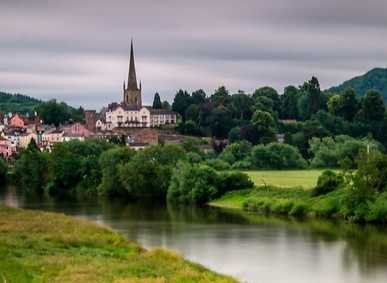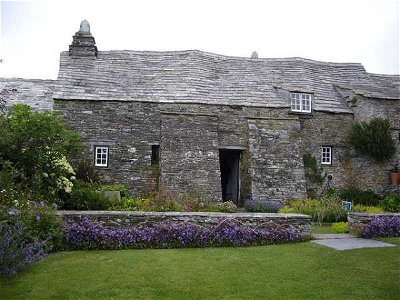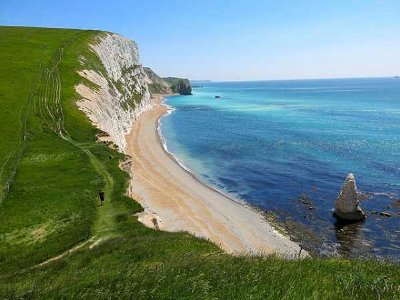3. The city of Bath takes its name from a set of actual baths, begun by the Romans in the 1st century AD. However, you wouldn't have seen the name 'Bath' on a Roman map as they used which Latin name for their spa?
From Quiz Bath Time!
Answer:
Aquae Sulis
The name Aquae Sulis can be translated into English as "the waters of Sulis" - Sulis being the Roman goddess associated with the area's natural thermal springs. The Romans capitalised on this natural phenomena to build an increasingly complex suite of public baths on the site over the 300 years that they controlled England. In addition to the caldarium, or hot bath, whose water was supplied by the thermal springs, the Romans were also able to wallow in a tepidarium (or warm bath) or take a very quick dip in a frigidarium (a cold bath). The site was also a temple to Sulis and Roman bath-goers would throw small tablets into the water carved with their message or plea to the goddess.
After the Romans left England in the 5th century, Bath's Roman baths were gradually built over and redeveloped. However, the hot springs meant that the city has remained a fashionable spa resort. It was particularly popular with the upper classes in the Georgian era and much of the city's famous architecture dates from the period. In the 21st century, people can still visit the city to take a swim in the natural hot water - although not in the Roman baths, the remains of which are now housed in a museum and whose somewhat murky water is best suited to being photographed by tourists.
The incorrect options were all Roman names for other English cities - Deva Victrix was Chester, Verulanium was St. Albans and Durolipons became Cambridge.
 There is certainly something special about the English county of Cornwall. Famous for such culinary delicacies as seafood, pasties and clotted cream, what else do you know about its many attractions?
There is certainly something special about the English county of Cornwall. Famous for such culinary delicacies as seafood, pasties and clotted cream, what else do you know about its many attractions?  There is certainly something special about the English county of Cornwall. Famous for such culinary delicacies as seafood, pasties and clotted cream, what else do you know about its many attractions?
There is certainly something special about the English county of Cornwall. Famous for such culinary delicacies as seafood, pasties and clotted cream, what else do you know about its many attractions?  From the eighteenth century, a visit following the course of the River Wye has been popular with tourists. As I lived in Ross for many years, I'll be your guide for this tour. Photos can hardly do it justice, but I'll try.
From the eighteenth century, a visit following the course of the River Wye has been popular with tourists. As I lived in Ross for many years, I'll be your guide for this tour. Photos can hardly do it justice, but I'll try.  Cornwall has rugged cliffs, wild moors, cream teas and lots of history. These are some of my favourite places in the county.
Cornwall has rugged cliffs, wild moors, cream teas and lots of history. These are some of my favourite places in the county.  Dorset is my home county, and people native to it are called Dorset Dumplings. Here is a quick tour round some of the interesting parts.
Dorset is my home county, and people native to it are called Dorset Dumplings. Here is a quick tour round some of the interesting parts.  This, my first photo quiz, takes us on a tour around a number of points of interest in the counties of Devon and Cornwall in the glorious south west of England. I hope that you enjoy it!
This, my first photo quiz, takes us on a tour around a number of points of interest in the counties of Devon and Cornwall in the glorious south west of England. I hope that you enjoy it!  Quick Question
Quick Question = Top 5% Rated Quiz,
= Top 5% Rated Quiz,
 Top 10% Rated Quiz,
Top 10% Rated Quiz,
 Top 20% Rated Quiz,
Top 20% Rated Quiz,
 A Well Rated Quiz
A Well Rated Quiz